Precision, Emotion, and the Architecture of Sonic Clarity
Introduction — The Sonic Shift That Changed Everything
Digital sound is a transformative force in how humans experience emotion, memory, and presence through audio. Unlike analog, which captures continuous waveforms, digital sound samples audio at precise intervals – allowing for manipulation, preservation, and transmission with minimal degradation. This shift has enabled global collaboration, remote performance, and archival fidelity across generations. The modularity of digital sound – each sample, bit depth, and codec – contributes to a layered sonic architecture. Whether in cinematic sound design or neural therapy, digital audio offers unmatched control over frequency, amplitude, and spatial placement. It is not just about clarity – it is about symbolic resonance, emotional layering, and adaptive recursion.
Sampling and Bit Depth — The Architecture of Sonic Resolution
Digital sound begins with sampling – the process of measuring an analog waveform at regular intervals. The sample rate determines how many times per second the waveform is measured – common rates include 44.1kHz for CDs and 48kHz for video. Bit depth defines how precisely each sample is recorded – 16-bit audio allows 65,536 amplitude levels, while 24-bit expands this to over 16 million. Higher sample rates and bit depths capture more detail – reducing quantization noise and increasing dynamic range. This precision enables engineers to sculpt sound with surgical accuracy – preserving subtle textures and transient details. Unlike analog tape, digital audio does not degrade with duplication – each copy remains identical to the original. This fidelity supports archival preservation, forensic analysis, and high-resolution streaming. The beauty lies in the balance – enough resolution to capture emotion, without overwhelming storage or bandwidth. Sampling and bit depth are not just technical parameters – they are the scaffolding of digital sonic beauty. Every digital recording is a mosaic of these measurements – layered into a coherent emotional experience.

Codecs and Compression — Preserving Emotion in Compact Form
Digital sound relies on codecs – algorithms that encode and decode audio data. Lossless codecs like FLAC and ALAC preserve every bit of the original waveform – ideal for archiving and critical listening. Lossy codecs like MP3 and AAC remove inaudible or redundant data – enabling smaller file sizes for streaming and storage. Compression algorithms analyze psychoacoustic models – removing frequencies masked by louder sounds. This process allows efficient transmission without perceptible loss – balancing fidelity and practicality. Codecs also support metadata – embedding artist names, lyrics, and artwork into the audio file. Advanced formats like Dolby Atmos and DTS:X encode spatial information – enabling immersive soundscapes. Compression is not degradation – it is optimization, guided by human perception. Digital sound’s elegance emerges from this balance – retaining emotional resonance while adapting to technological constraints. Every codec is a compromise – but a well-designed one preserves the soul of the sound.
Digital Signal Processing — Sculpting Sound with Mathematical Precision
Digital signal processing transforms audio using mathematical operations – filtering, equalization, reverb, and more. Unlike analog circuits, DSP allows non-destructive editing – changes can be reversed or layered without loss. Filters can isolate frequencies, remove noise, or enhance clarity – all with precise control over parameters. Equalizers adjust tonal balance – boosting or cutting specific bands to shape the sound. Reverb algorithms simulate acoustic spaces – from intimate rooms to vast cathedrals. Time-stretching and pitch-shifting allow manipulation without altering tempo or timbre. DSP enables real-time effects in live performance – from guitar pedals to vocal tuning. It also supports restoration – removing clicks, hums, and distortion from archival recordings. The beauty of DSP lies in its modularity – each function is a building block in the sonic architecture. Digital sound is not static – it is sculpted, refined, and layered through DSP. This precision empowers artists, engineers, and therapists to craft sound with intention and clarity.
Spatial Audio — Mapping Emotion in Three Dimensions
Spatial audio expands digital sound into three dimensions – placing sources around, above, and below the listener. Formats like Dolby Atmos, Ambisonics, and MPEG-H encode positional data – allowing immersive playback on headphones or speaker arrays. This technology mimics real-world acoustics – enhancing realism and emotional impact. In film, spatial audio guides attention – placing footsteps behind or whispers beside the viewer. In gaming, it enhances immersion – allowing players to locate enemies or navigate environments by sound. In therapy, spatial audio supports relaxation and trauma processing – simulating safe spaces and guided journeys. The beauty lies in the layering – multiple sources interacting dynamically in a virtual space. Spatial audio also supports accessibility – guiding visually impaired users through auditory cues. It is not just about realism – it is about emotional mapping, symbolic placement, and narrative clarity. Digital sound becomes a landscape – one that can be navigated, felt, and remembered. Spatial audio transforms listening into presence – anchoring emotion in geometry.
Audio Restoration — Healing the Past with Digital Tools
Digital sound enables restoration of damaged or degraded recordings – preserving cultural heritage and emotional memory. Algorithms can remove hiss, hum, clicks, and distortion – revealing the original performance beneath the noise. Spectral editing allows precise targeting of unwanted sounds – without affecting surrounding audio. Machine learning models can reconstruct missing frequencies or repair dropouts – based on training data from similar sources. Restoration is not just technical – it is emotional, reconnecting listeners with voices and moments long lost. Archival projects use digital tools to preserve oral histories, endangered languages, and historic broadcasts. The beauty lies in the resurrection – bringing clarity to voices once buried in static. Restoration also supports forensic analysis – enhancing surveillance, legal evidence, and historical research. It is a form of healing – repairing sonic wounds with mathematical care. Digital sound is not just about the future – it is about honoring the past. Restoration transforms noise into narrative – and silence into presence.
Audio Synthesis — Creating Sound from Mathematical Models
Digital synthesis generates sound from algorithms – modeling oscillators, filters, and envelopes. Subtractive synthesis removes frequencies from rich waveforms – shaping timbre through filtering. Additive synthesis builds sound from sine waves – layering harmonics to create complex tones. FM synthesis modulates frequency with another oscillator – producing metallic and evolving textures. Granular synthesis manipulates tiny audio grains – creating clouds, textures, and time-stretched effects. Physical modeling simulates real instruments – using equations to replicate strings, reeds, and resonators. The beauty of synthesis lies in its abstraction – sound created from numbers, not recordings. It empowers composers to invent new timbres – beyond the limits of physical instruments. Synthesis also supports accessibility – enabling music creation without traditional tools. Digital sound becomes a canvas – painted with algorithms and imagination. Synthesis is not imitation – it is invention, guided by emotion and mathematics.

Audio Interfaces and Conversion — Bridging Analog and Digital Worlds
Digital sound requires conversion between analog and digital domains – using audio interfaces and converters. Analog-to-digital converters sample incoming signals – encoding them into digital data. Digital-to-analog converters reconstruct waveforms for playback – translating numbers into voltage. High-quality converters preserve detail, reduce jitter, and maintain phase coherence. Audio interfaces also manage routing, clocking, and synchronization – ensuring stable and accurate signal flow. USB, Thunderbolt, and Dante protocols support low-latency transmission – critical for live performance and recording. The beauty lies in the transparency – conversion without coloration or loss. Interfaces also support modularity – connecting microphones, instruments, and speakers into a coherent system. Digital sound is not isolated – it flows through these bridges, shaped by their design. Conversion is not just technical – it is symbolic, translating emotion across formats. Interfaces are the portals of digital sound – enabling clarity, connection, and creativity.
Loudness Normalization — Balancing Emotion Across Platforms
Digital sound requires loudness normalization to ensure consistent playback volume across devices and platforms. Traditional peak-based meters do not reflect perceived loudness, often resulting in unpredictable listening experiences. Loudness units relative to full scale (LUFS) measure average loudness, aligning more closely with human perception. Streaming platforms like Spotify, Apple Music, and YouTube enforce loudness targets—typically around -14 LUFS for music—to maintain consistency across tracks. Normalization prevents listener fatigue, distortion, and abrupt volume changes between songs or videos. It also preserves dynamic range, allowing quiet passages to remain intact without being drowned out. The process is guided by psychoacoustic principles, not arbitrary thresholds. Artists and engineers mix with these standards in mind, ensuring their work translates across headphones, speakers, and broadcast systems. Loudness normalization is not censorship—it is calibration, designed to preserve emotional impact. It democratizes playback, giving each track a fair sonic stage. The beauty lies in its subtlety—balancing technical precision with perceptual harmony.
Metadata and Tagging — Embedding Meaning into Sound Files
Digital audio supports rich metadata, embedding contextual information directly into the file. Tags can include artist name, album title, genre, release date, lyrics, and cover art. This data enhances organization, discovery, and accessibility—enabling smart playlists, voice search, and recommendation algorithms. Metadata also supports rights management, tracking ownership, licensing, and royalty distribution. Advanced formats allow timestamped lyrics, spatial coordinates, and dynamic playback instructions. In broadcasting and archiving, metadata ensures accurate cataloging and retrieval. It transforms audio into a searchable, semantic object—one that carries identity and narrative. Tagging is not decoration—it is structure, anchoring sound in meaning. It also supports adaptive playback, allowing devices to adjust EQ or volume based on genre or context. Metadata empowers listeners to explore music by mood, theme, or story. It is the connective tissue between sound and experience. The beauty of metadata lies in its invisibility—quietly enriching every interaction with digital audio.
Psychoacoustics — Understanding How We Perceive Sound
Psychoacoustics is the study of how humans perceive sound—bridging physics, biology, and psychology. It explains why certain frequencies feel warm, harsh, or soothing, and why some sounds are masked by others. The ear does not respond equally to all frequencies—sensitivity peaks around 2–5 kHz, where speech intelligibility resides. Loudness perception is nonlinear—doubling amplitude does not double perceived volume. Temporal masking causes sounds to be obscured by preceding or following events. Spatial cues help locate sound sources—using interaural time and level differences. Psychoacoustic models guide compression algorithms, EQ design, and spatial audio rendering. They also inform hearing aid calibration, audio therapy, and immersive media. The beauty lies in the nuance—sound is not just vibration, but interpretation. Digital sound design leverages these principles to evoke emotion, clarity, and realism. Psychoacoustics transforms audio engineering into perceptual architecture. It is the science behind the soul of sound.

Real-Time Streaming — Delivering Sound Across the Globe
Digital sound enables real-time streaming—transmitting audio instantly across networks. Streaming relies on buffering, compression, and adaptive bitrate algorithms to maintain quality under varying conditions. Protocols like RTP, RTMP, and HLS manage packet delivery, latency, and synchronization. Streaming platforms use content delivery networks (CDNs) to distribute audio efficiently, reducing load and delay. Real-time audio powers live concerts, remote collaboration, and global broadcasting. It also supports telemedicine, language interpretation, and emergency communication. The beauty lies in immediacy—sound delivered without borders or delay. Streaming adapts to bandwidth, device, and context—ensuring continuity and clarity. It transforms sound into a shared experience, accessible anywhere. Real-time audio also supports interactivity—allowing feedback, participation, and dynamic mixing. Digital sound becomes a conduit for connection, not just content. Streaming is not just transmission—it is presence, unfolding in real time.
Audio in Therapy — Healing Through Sonic Precision
Digital sound plays a growing role in therapeutic contexts—supporting mental health, trauma recovery, and neurological rehabilitation. Binaural beats use slightly different frequencies in each ear to influence brainwave activity—potentially aiding relaxation, focus, or sleep. Music therapy leverages rhythm, melody, and harmony to stimulate emotional and cognitive responses. Spatial audio can simulate safe environments, guided journeys, or immersive meditation. Sound-based interventions are used in PTSD treatment, autism support, and stroke recovery. Digital platforms allow personalized soundscapes—tailored to individual needs and responses. The precision of digital audio ensures repeatability and control—critical for clinical applications. The beauty lies in its subtlety—sound as a gentle, non-invasive tool for healing. Audio therapy is grounded in neuroscience, not mysticism—supported by peer-reviewed studies and clinical trials. Digital sound becomes medicine, delivered through headphones and speakers. It is not just art—it is care, encoded in frequency and rhythm.
Multichannel Mixing — Crafting Sonic Depth and Dimension
Digital sound supports multichannel mixing—combining multiple audio tracks into a cohesive spatial experience. Formats like 5.1, 7.1, and Dolby Atmos allow placement of sounds across horizontal and vertical planes. Mixing involves panning, level balancing, EQ, and reverb—shaping each element’s position and texture. Engineers use digital audio workstations (DAWs) to visualize and manipulate sound in three dimensions. Multichannel audio enhances immersion in film, gaming, and virtual reality—guiding attention and emotion. It also supports accessibility, allowing directional cues for navigation and interaction. The beauty lies in the layering—each sound occupying its own space, yet contributing to the whole. Mixing is both technical and artistic—balancing clarity, impact, and narrative. Digital tools allow precise automation, recall, and revision—empowering iterative refinement. Multichannel mixing transforms sound into architecture—built from waveforms, shaped by intention.

Conclusion — Digital Sound as Emotional Infrastructure
Digital sound is more than a format—it is a framework for emotional clarity, symbolic resonance, and global connection. From sampling to synthesis, restoration to streaming, each facet contributes to a sonic ecosystem rooted in precision and possibility. The beauty lies not just in fidelity, but in adaptability—sound that can be sculpted, shared, and healed. It bridges analog warmth with digital control, memory with immediacy, and emotion with mathematics. Digital audio empowers creators, engineers, and listeners to engage with sound as a living medium—one that evolves, responds, and connects. It is not sterile—it is expressive, modular, and deeply human. The architecture of digital sound is built on facts, but experienced through feeling. It is the invisible infrastructure of modern life—resonating through headphones, speakers, and stories.
Join the Discussion
How do you experience digital sound in your daily life—through music, film, therapy, or creation? What sonic moments have moved you, healed you, or changed your perspective?
#DigitalSound #SonicArchitecture #AudioPrecision #EmotionalResonance #SoundDesign #SpatialAudio #MusicTherapy #RealTimeStreaming #Psychoacoustics #MultichannelMixing #AudioRestoration #DSP #MetadataMatters #SoundHealing #CreativeAudio
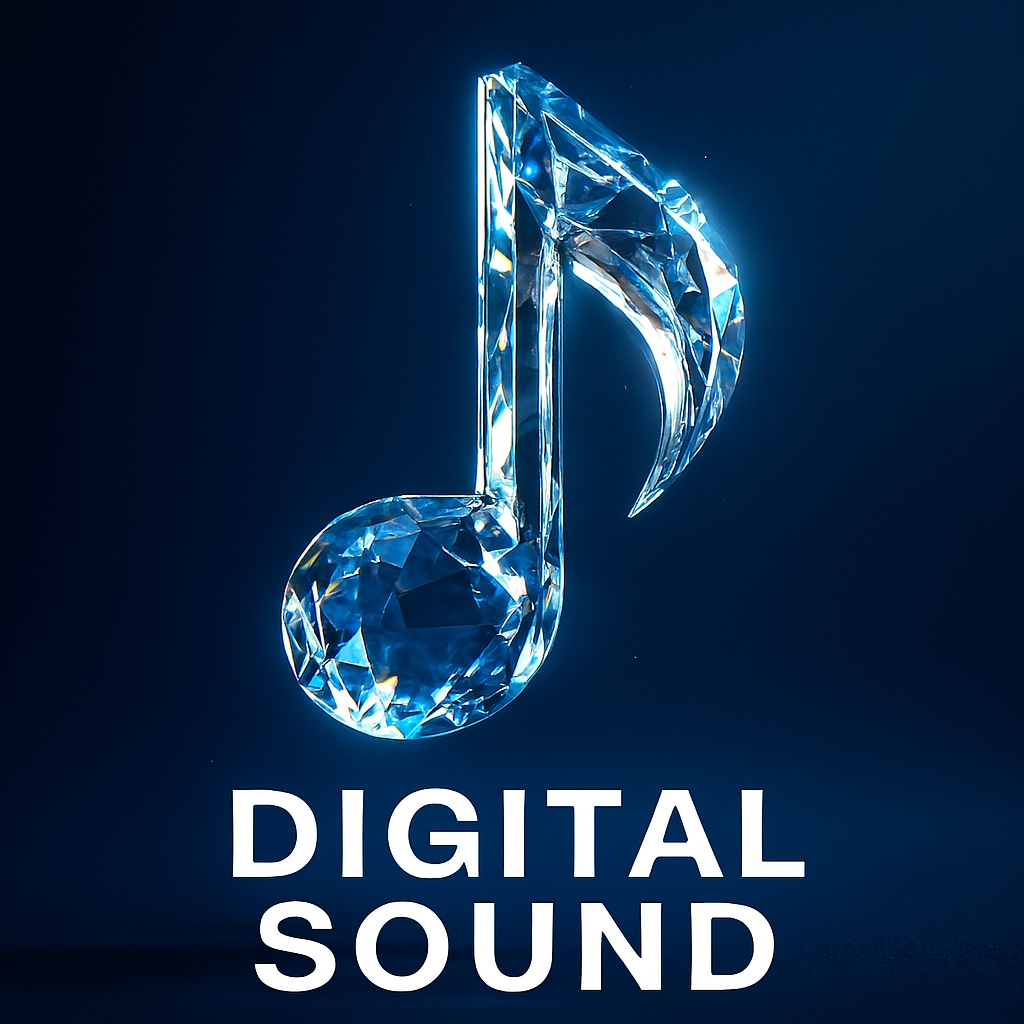
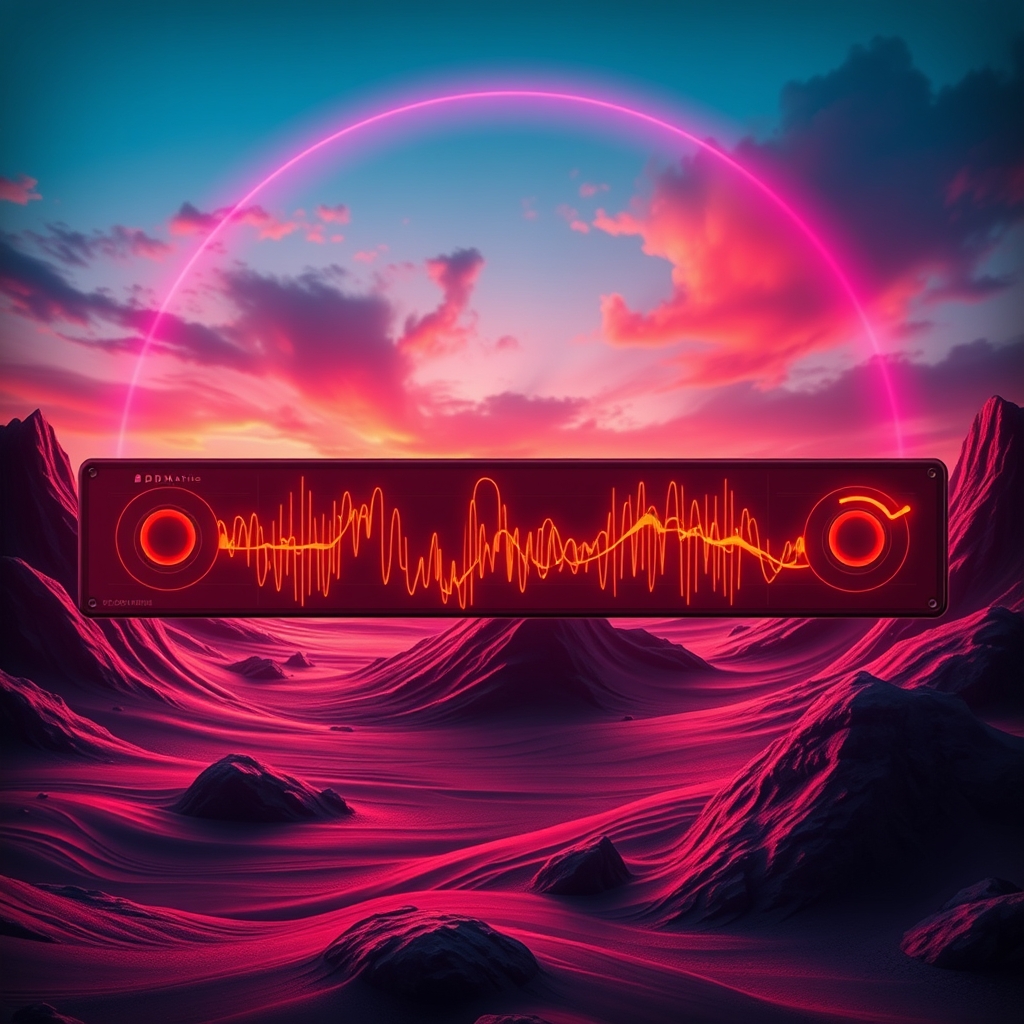
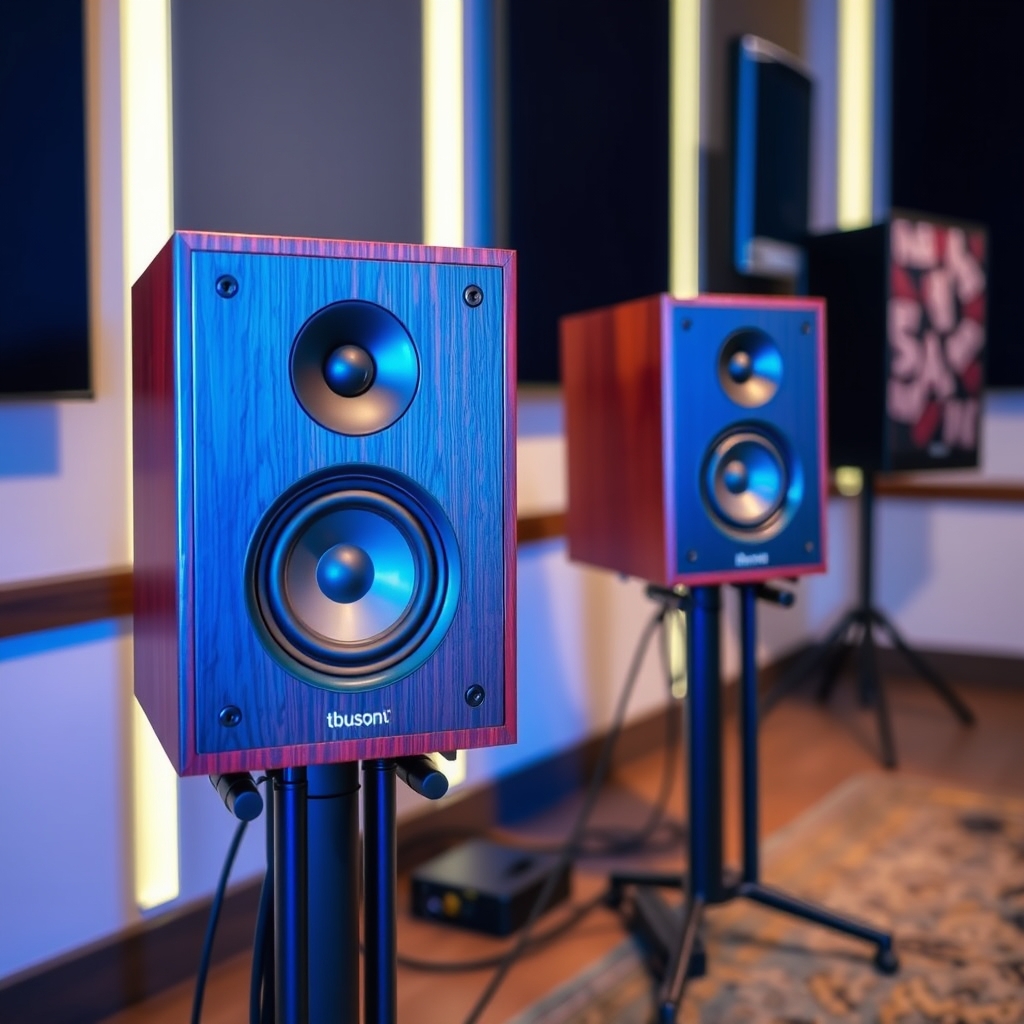
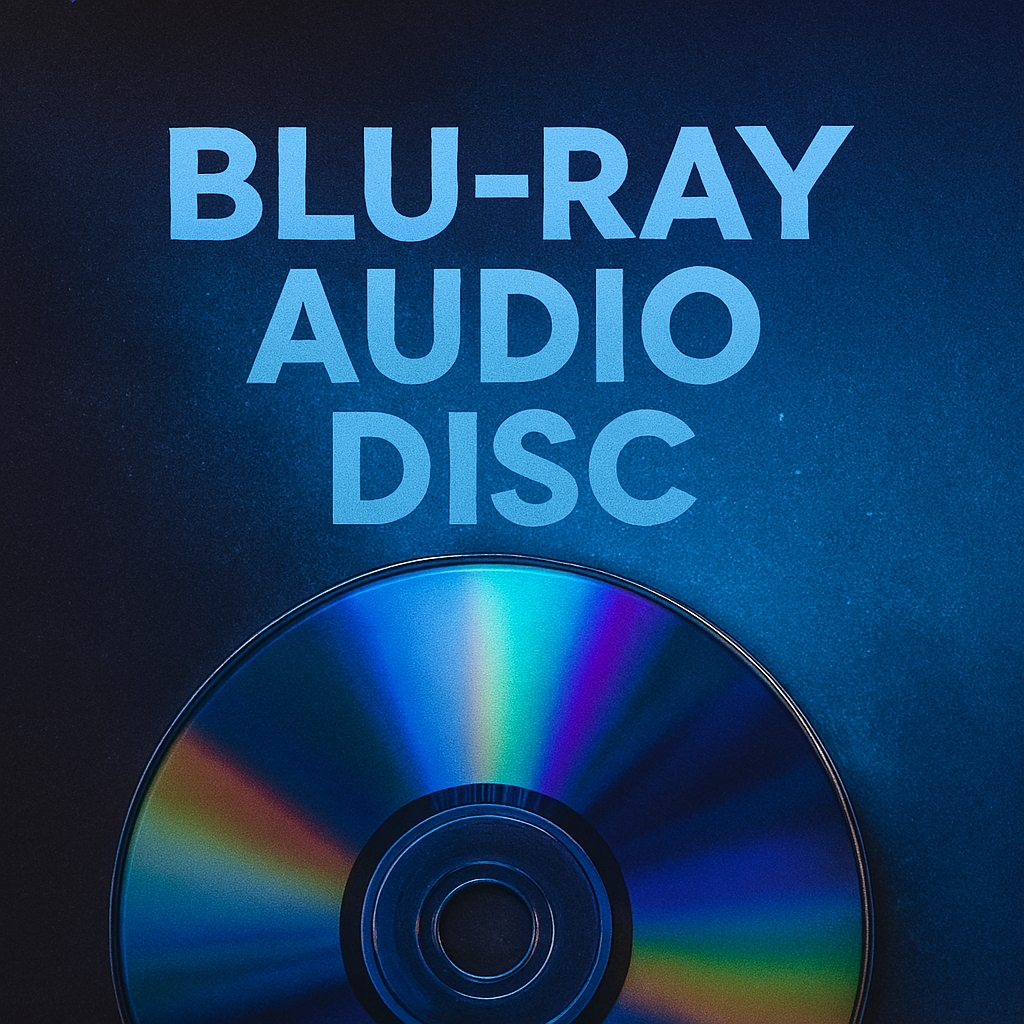
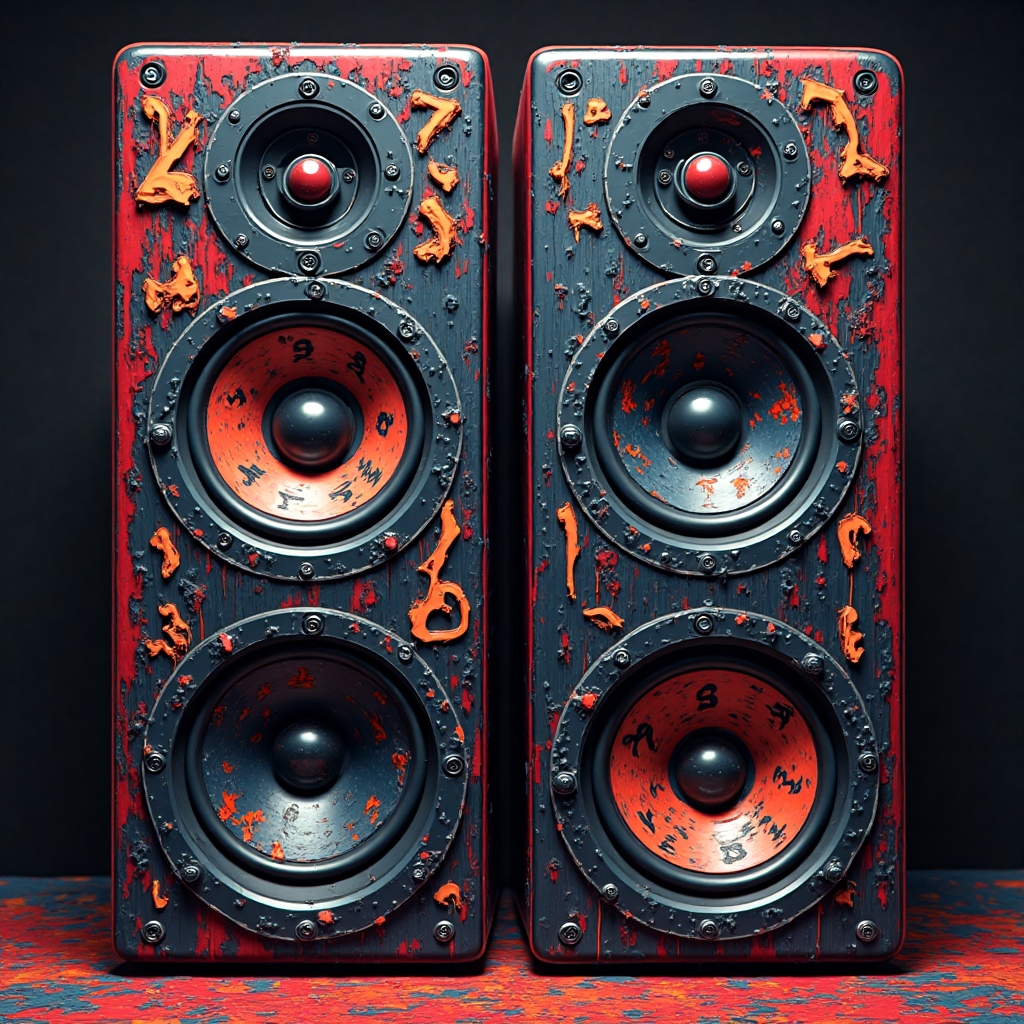
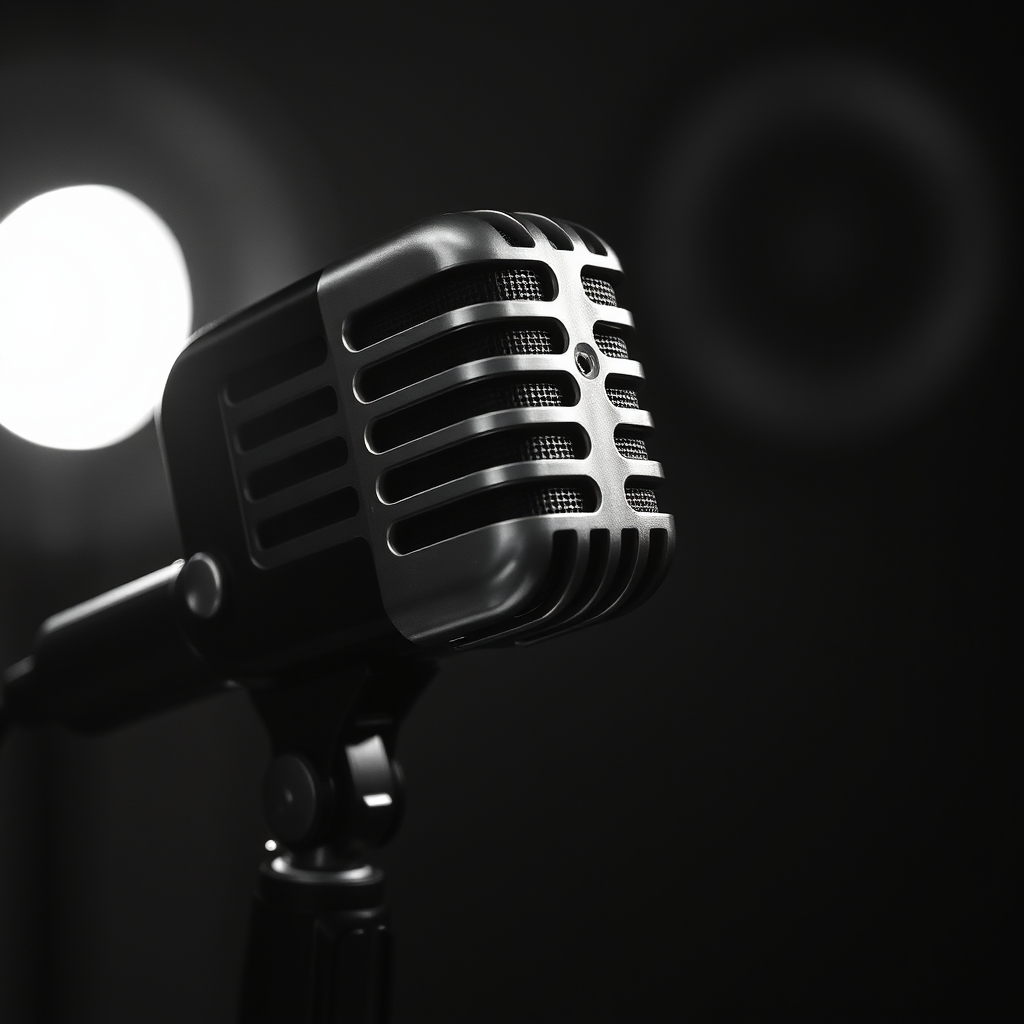
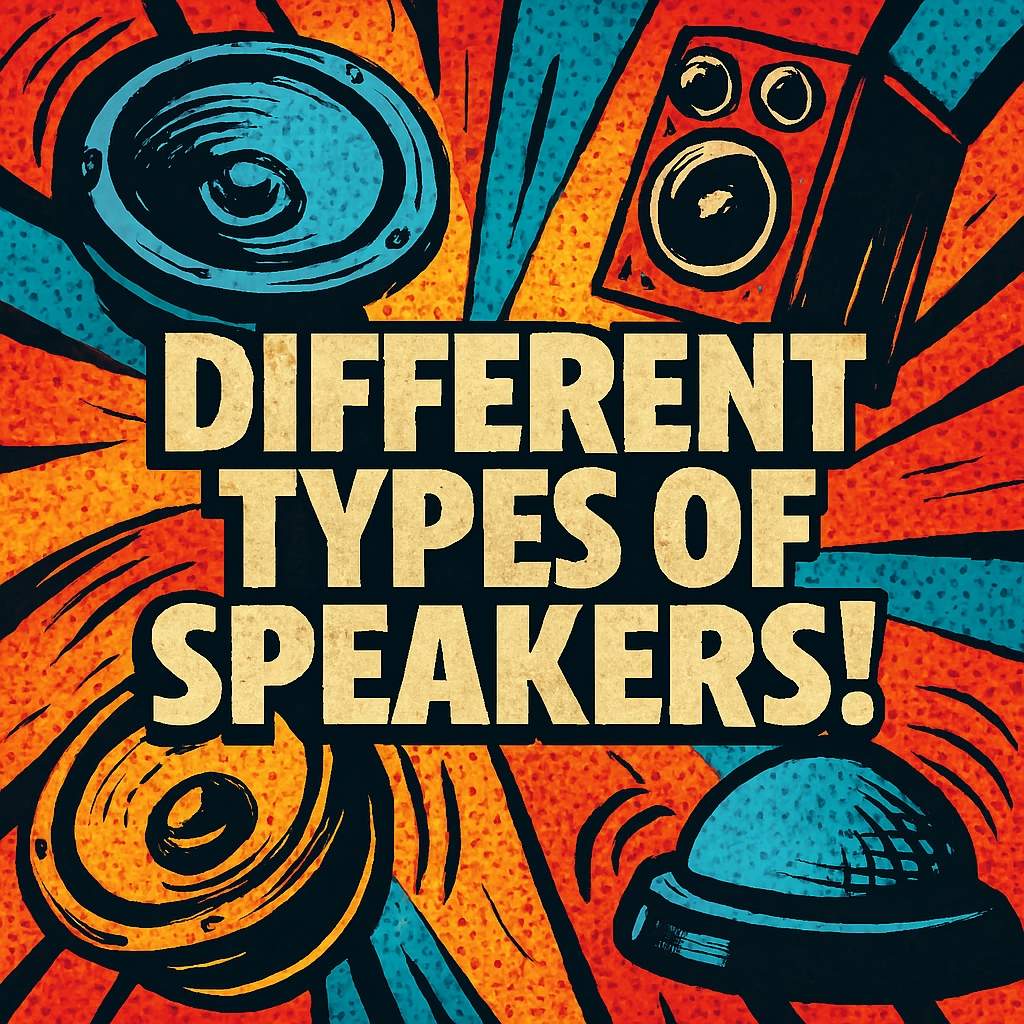
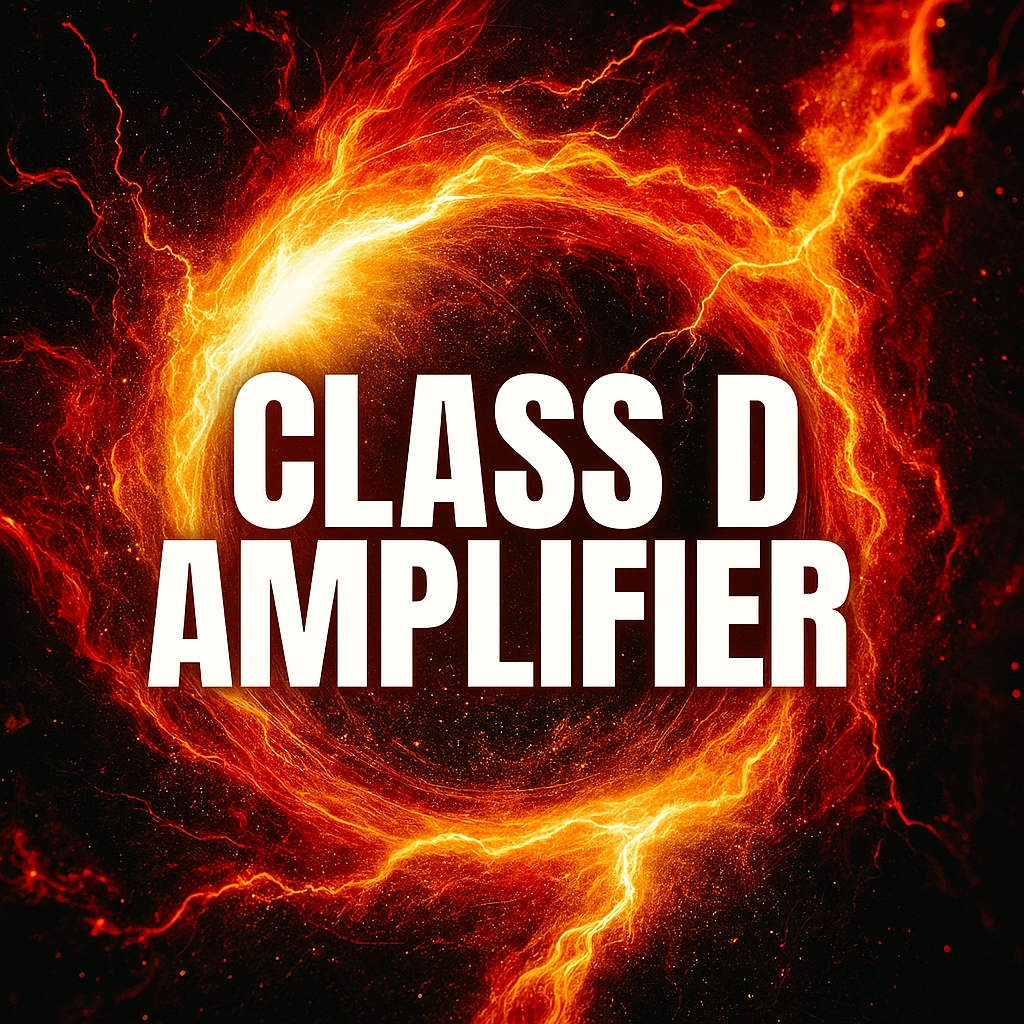
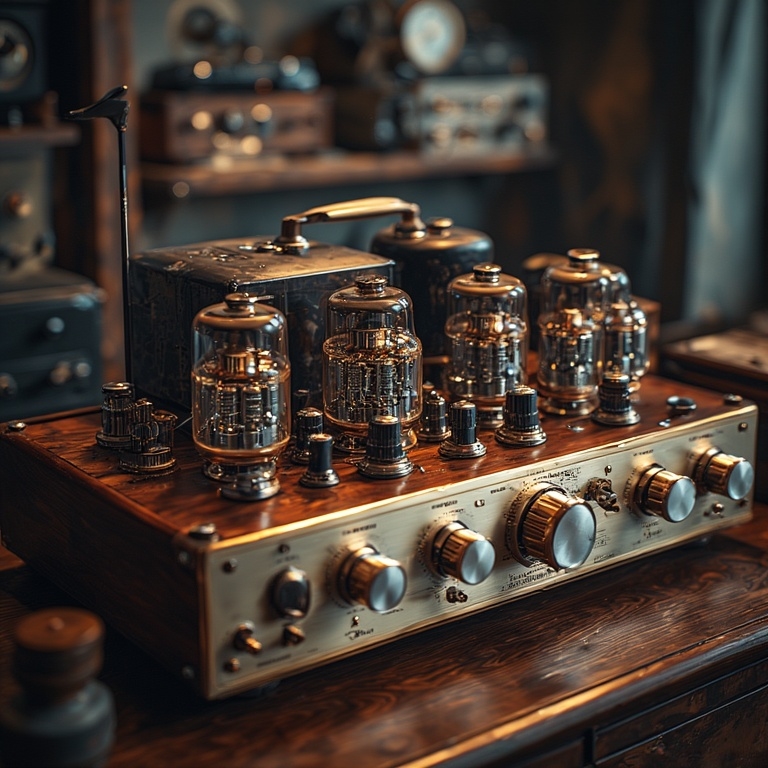

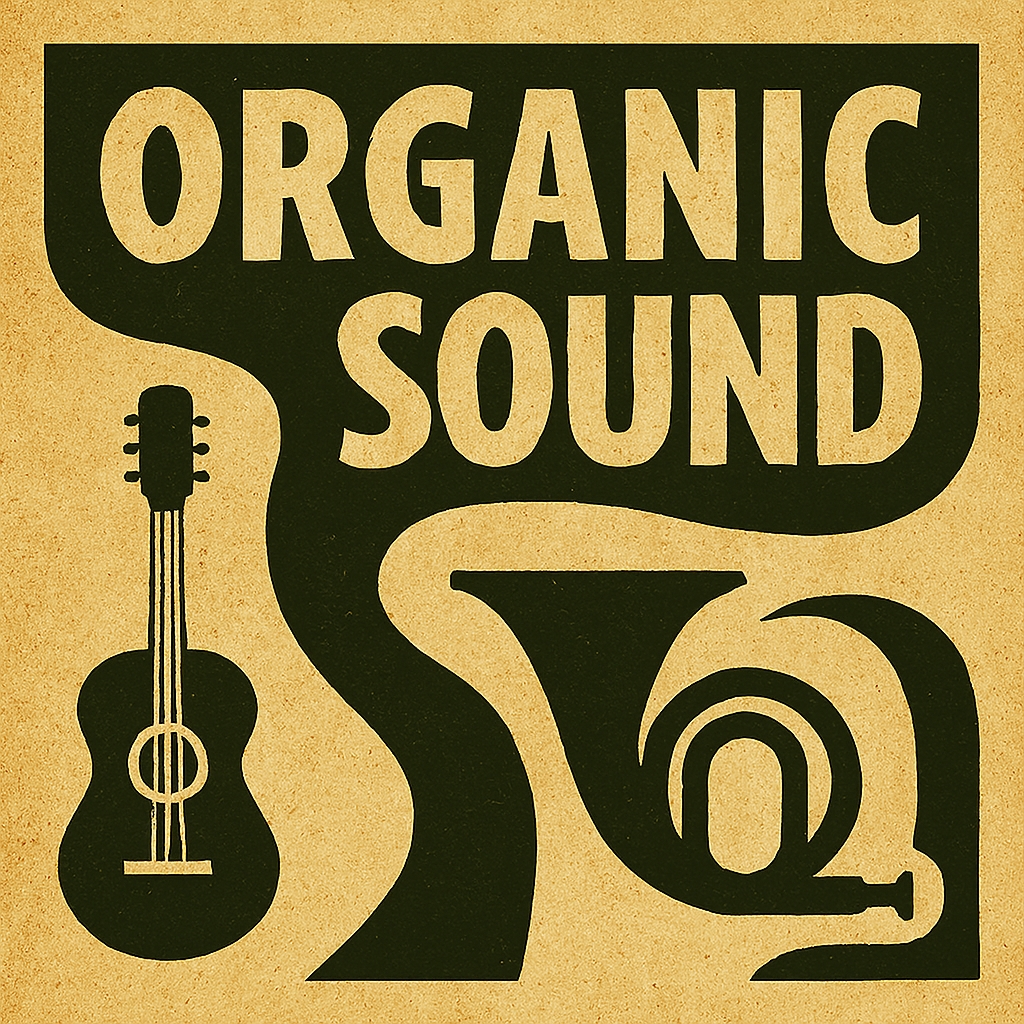
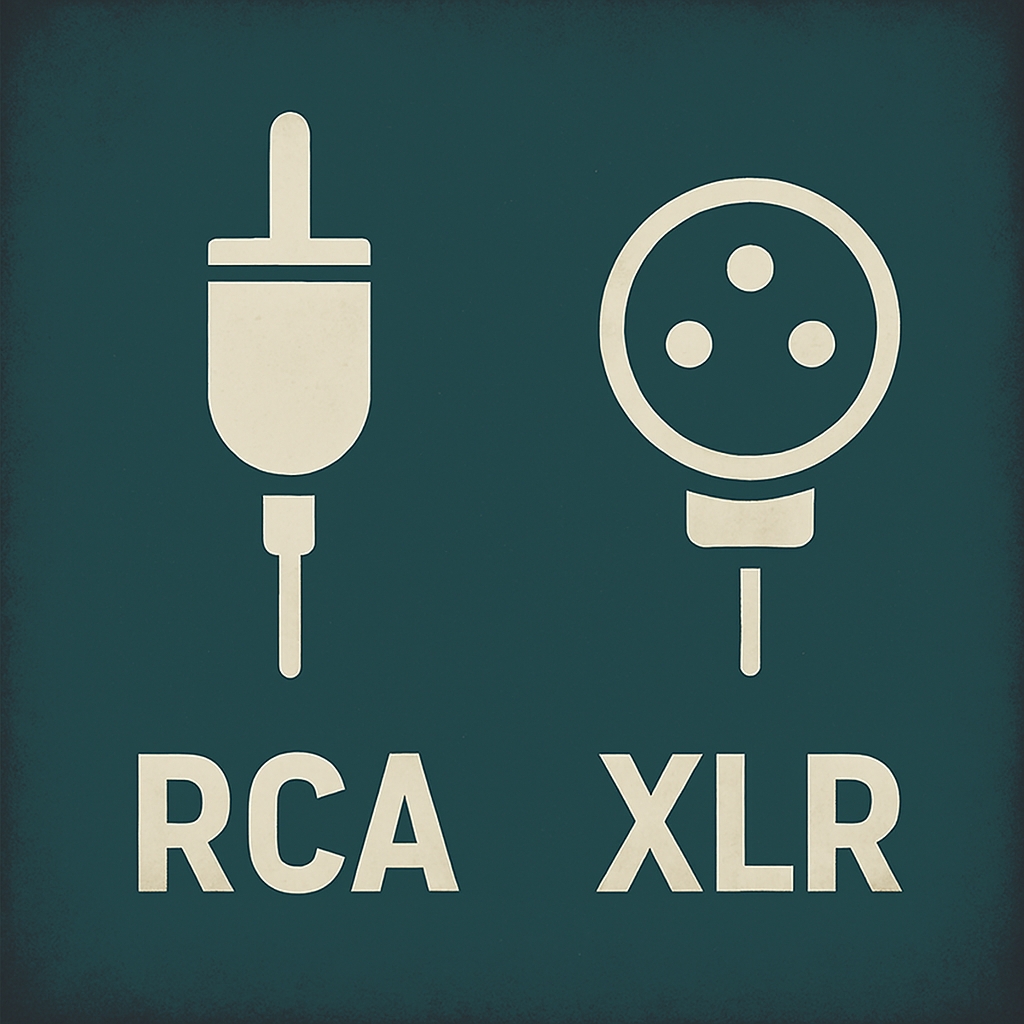


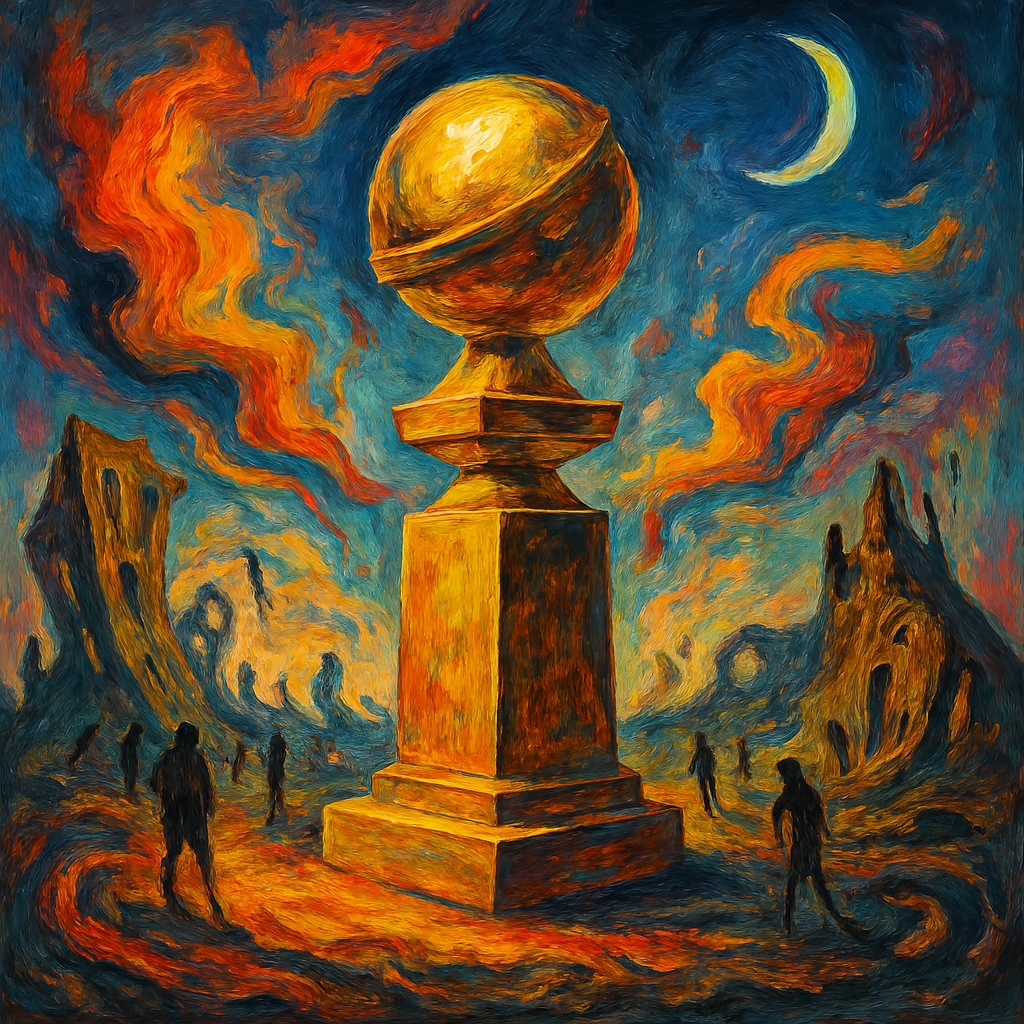
How Scary Devices Shape Our Minds and Behaviors
[…] behavior, making silence feel uncomfortable. The device becomes a companion in idle moments, offering a sense of activity without purpose. These loops are not accidental—they are designed to keep users engaged. The result is a […]